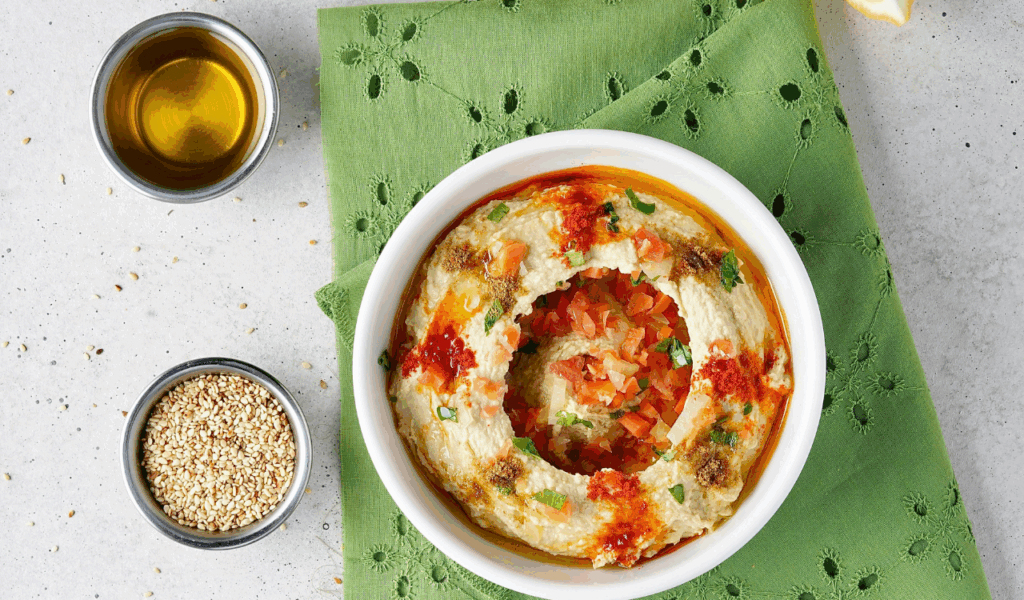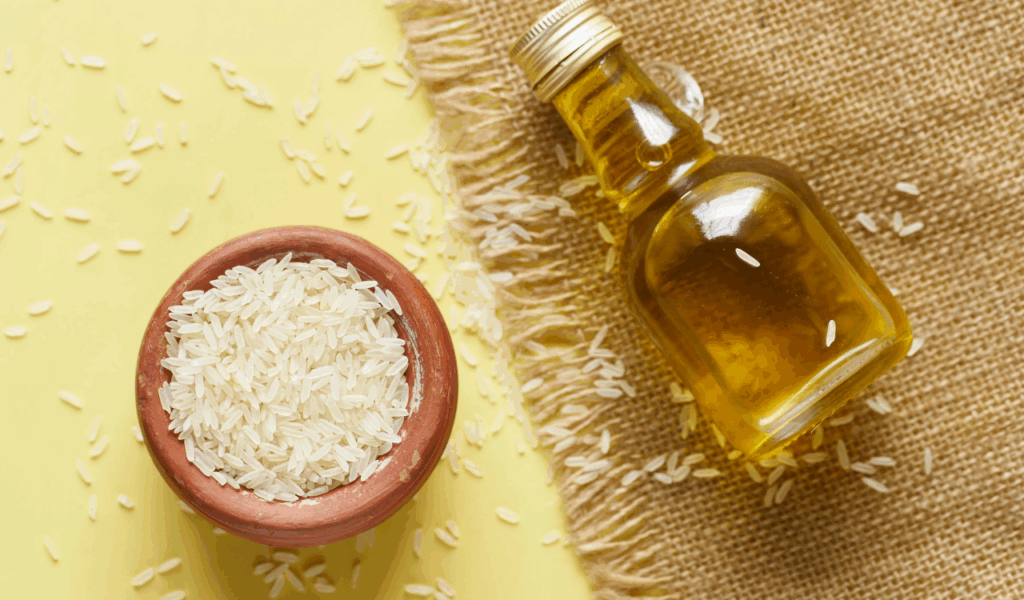10 Cooking Oils Ranked by Flavor

This article is for you if you’ve ever wondered how different cooking oils compare in terms of flavor—not just smoke point or health. Ten common cooking oils are listed below, ranked roughly from most flavor-impacting to most neutral, and I explain what the data and expert sources show about how they taste, how they alter food, and when you might prefer one over another. Choosing the correct oil can have a surprisingly significant impact when sautéing vegetables, frying chicken, or dressing a salad. Let’s get started.
1. Extra‑Virgin Olive Oil

Because it has fruity, bitter, and occasionally peppery notes depending on the variety and place of origin, extra-virgin olive oil (EVOO) is typically at the top of flavor-ranked lists. It is rich in volatile phenolic compounds that add complexity and aroma, such as oleocanthal. According to data, EVOO performs better in tasting panels in terms of flavour richness than refined oils; however, because of its lower smoke point (~190–210°C), high-heat cooking may break down those flavour compounds and produce off-flavors. To maintain the subtle flavour, use it for dressings, drizzling on finished dishes, or sautéing over low to medium heat.
2. Virgin Avocado Oil

Virgin (unrefined) avocado oil has a milder but still noticeable buttery, green, and slightly grassy flavour compared to EVOO. The monounsaturated fats and chlorophylls/carotenoids that give virgin avocado oil its flavour and colour are found in composition data. Virgin oils have a higher smoke point (~250°C), which allows them to withstand moderate frying and sautéing without losing flavour compared to fully refined oils. When you want some flavour character without overpowering the dish, this is a great compromise.
3. Sesame Oil (Toasted)

The flavour impact of toasted sesame oil is high. Complex roasted, nutty, and almost smoky notes are produced during the toasting process. Only a few drops are required to change stir-fries, dressings, or finishing touches, according to data and professional opinions. It functions better as an accent than the primary frying medium due to its strong flavour and lower smoke point (~210–230°C) than refined base oils. Instead of frying on high heat, use it for last-minute flavour additions.
4. Peanut Oil (Roasted / Lightly Flavored Versions)

Unrefined or lightly roasted peanut oil has a subtle, nutty flavour and aroma that isn’t overpowering. According to data, refined peanut oil is almost neutral, but when you use the more flavourful types, the nutty notes continue to be present even at moderate heat, adding to the flavour of fried foods (especially those prepared in the South or Southeast Asian styles). Because of its high smoke point, it serves a dual purpose in terms of flavour and functionality. Be aware of any nut allergies you or the diners may have.
5. Walnut Oil

Often referred to as “woodsy” or “earthy,” walnut oil, particularly cold-pressed walnut oil, has a subtle nutty, buttery, and slightly bitter flavour. Its flavour compounds break down rapidly when heated, according to data, and its smoke point is low (between 160 and 200°C, depending on refinement). Because of this, it is not suitable for high-heat frying, but it works well as a finishing oil, in marinades, dressings, or on top of cooked greens. Walnut oil loses its delicate flavours when heated too much.
6. Light / Refined Olive Oil

Most of the bitter and peppery compounds are eliminated from refined or “light” olive oil; research indicates that its flavour is more subdued and neutral, but it still has some olive flavour. It is more useful for sautéing or moderate frying because it has a higher smoke point than EVOO (≈215‑240°C depending on source). This is a good compromise if you prefer a subtle hint of olive flavour without a lot of fruitiness or bitterness.
7. Rice Bran Oil

Although data supports its inclusion, rice bran oil is frequently overlooked in flavour rankings due to its mild, slightly sweet, neutral-nutty flavour that doesn’t compete with other ingredients. Its fat composition (a blend of monounsaturated and polyunsaturated fats) provides stability, and its smoke point is high (about 232°C). It’s a good option when you want the oil to function as the cooking medium without significantly altering the taste profile because of its delicate flavour.
8. Sunflower Oil (High Oleic or Refined)

Well-refined or high-oleic sunflower oil imparts a subtle, nearly undetectable flavour. According to data, unless the dish is very mildly flavoured, the majority of people claim they cannot taste it. Because of its high smoke point (about 220 to 230°C for refined), it can be baked or fried at high heat. Sunflower oil is frequently used as a “neutral” reference in flavor-profile studies due to its minimal flavour contribution.
9. Canola (Rapeseed) Oil (Refined)

Of the common cooking oils, refined canola oil is one of the most neutral. According to data, once refined, it adds very little flavour or aroma; any vegetal or seed note is subtle and frequently undetectable in complex dishes. It is adaptable due to its reasonable smoke point (~200–230°C, depending on quality). When flavour neutrality is desired, it’s frequently used for baking, frying, and other applications where the oil isn’t supposed to affect the final flavour.
10. Coconut Oil (Refined)

Refined coconut oil is much milder in flavour, but still slightly sweet or coconut-like to those who are sensitive. Virgin coconut oil has a strong coconut scent, but refined coconut oil loses most of that scent. Because refined coconut has a higher smoke point than virgin coconut, it can be cooked at a moderate temperature without producing overpowering flavours. Go virgin if you want coconut flavour; refined coconut works well if you want a mild cooking oil that is slightly sweet and has some heat tolerance.





